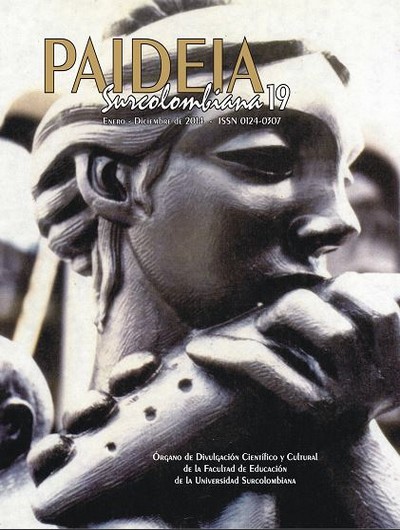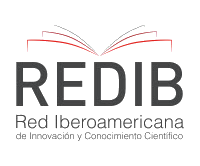Arts, Didactics and Education
##plugins.themes.bootstrap3.article.main##
Art as an activity requires learning and cannot be limited to a simple technical skill; it must be widened to the point of including the expression of a particular or collective vision of the world. The heuristic didactics proposes to widen the horizons of the perceptual dimension creatively, which allows a leap into the dark that separates a set of known knowledge to a new, unknown one. It is about learning by discovery, experimentation, approximation or trial, which allows imagining, visualizing utopias that generate new paradigms, knowledge goods in the field of arts education. It is in this context, heuristic didactics proposes a space to invent, to create that is not based neither in logic nor combinatory, but in sensitivity and imagination.
Downloads
##plugins.themes.bootstrap3.article.details##
Cage J. y Reynolds, R. (1988) Entretien (1961), traducción al francés de Madeleine Chantoiseau in Revue d'esthétiqu e no 13-14-15, ediciones Privat.
Efland, A. (2003) La educación en el arte posmodemo. Ediciones Paidos Ibérica S.A. Barcelona.
Fischer, Emst. (2011) La necesidad del arte, Ediciones Península. Barcelona.
Pérez, I. (2002) La didáctica de la educación plástica. El taller de arte en la escuela. Editorial Magisterio de Río de la Plata.
Ubals, José Manuel. (2006) Educación Estética y Educación Artística: Un diálogo no agotado desde la "infinitud cercana”. Universidad Pedagógica "Raúl Gómez García" Guantánamo, Cuba. www.centrodemaestros.mx/.../Educaclonesteticayeducaclonartistica.pdf. Consultado: 1-12-2014
Viadel, M. (2003) Coordinador. Didáctica de la educación artística. Pearson Prentice Hall. Madrid.














